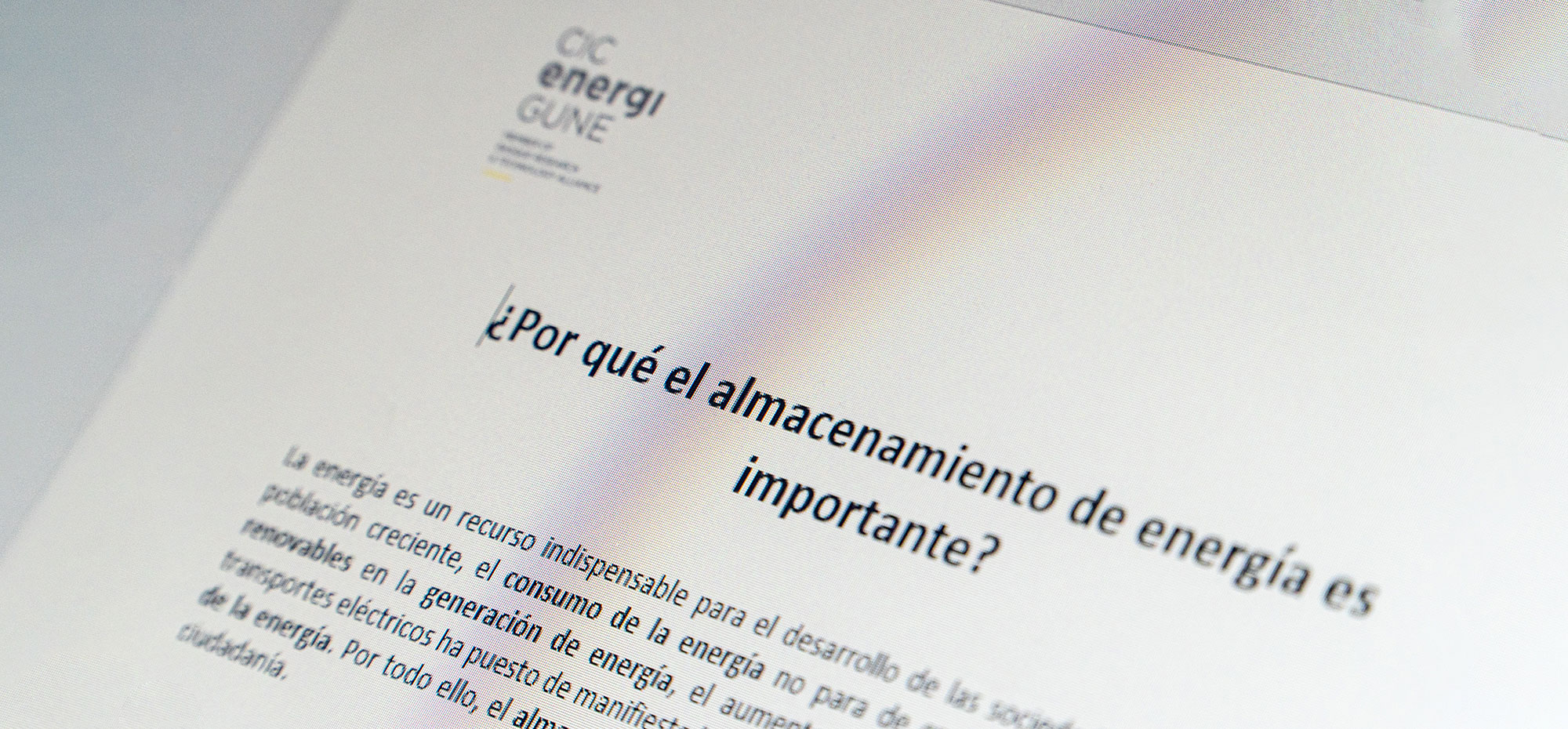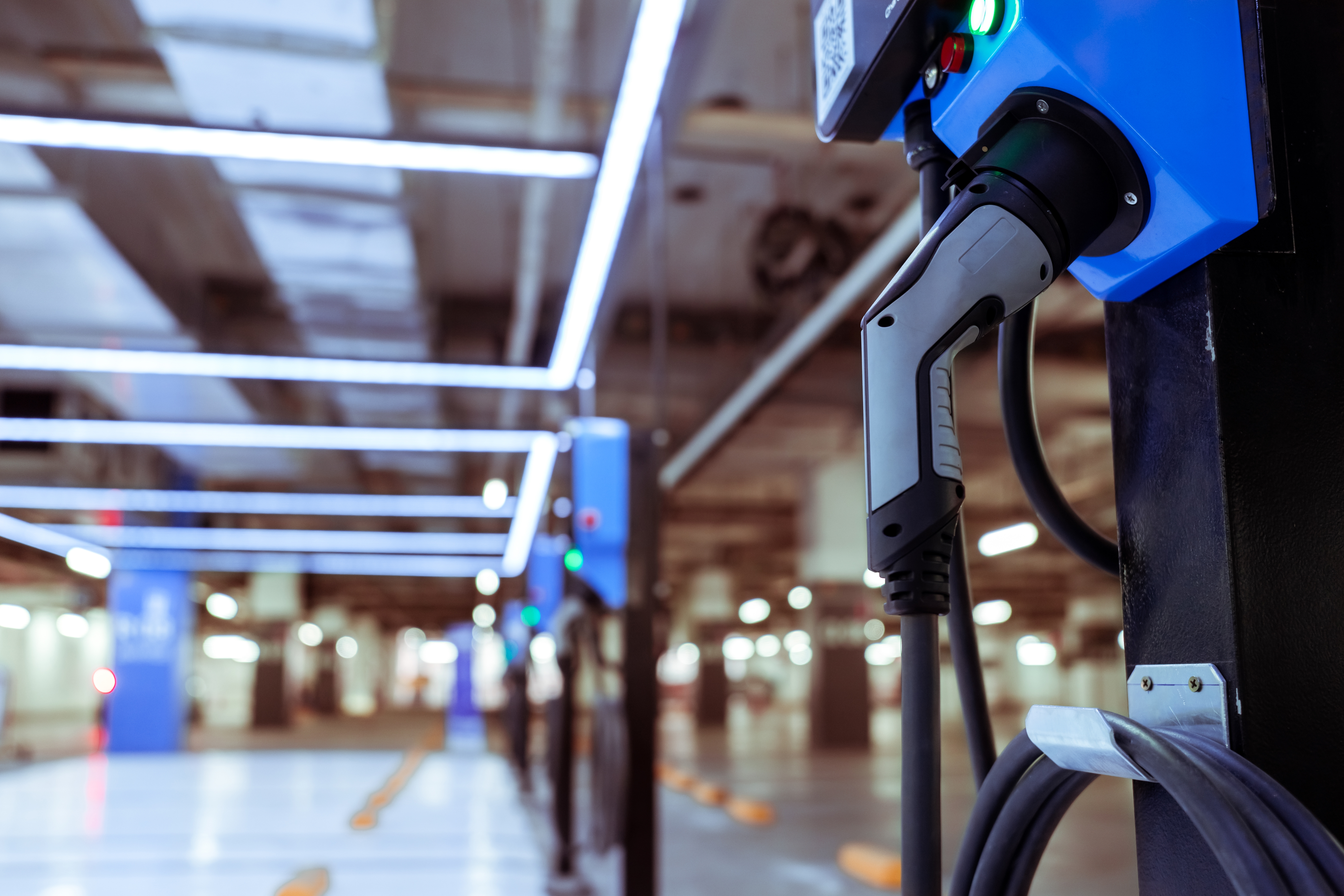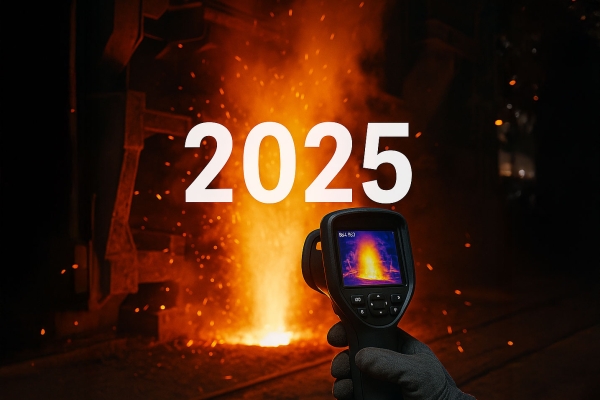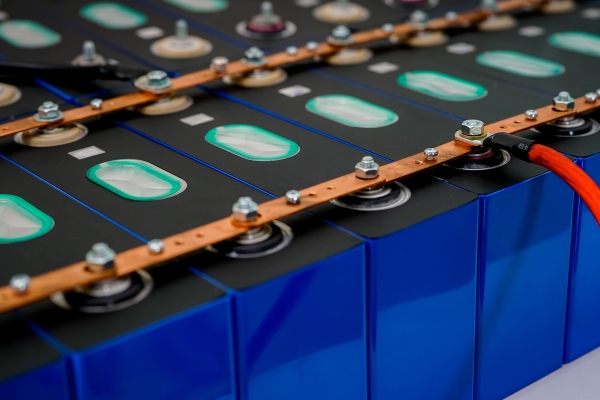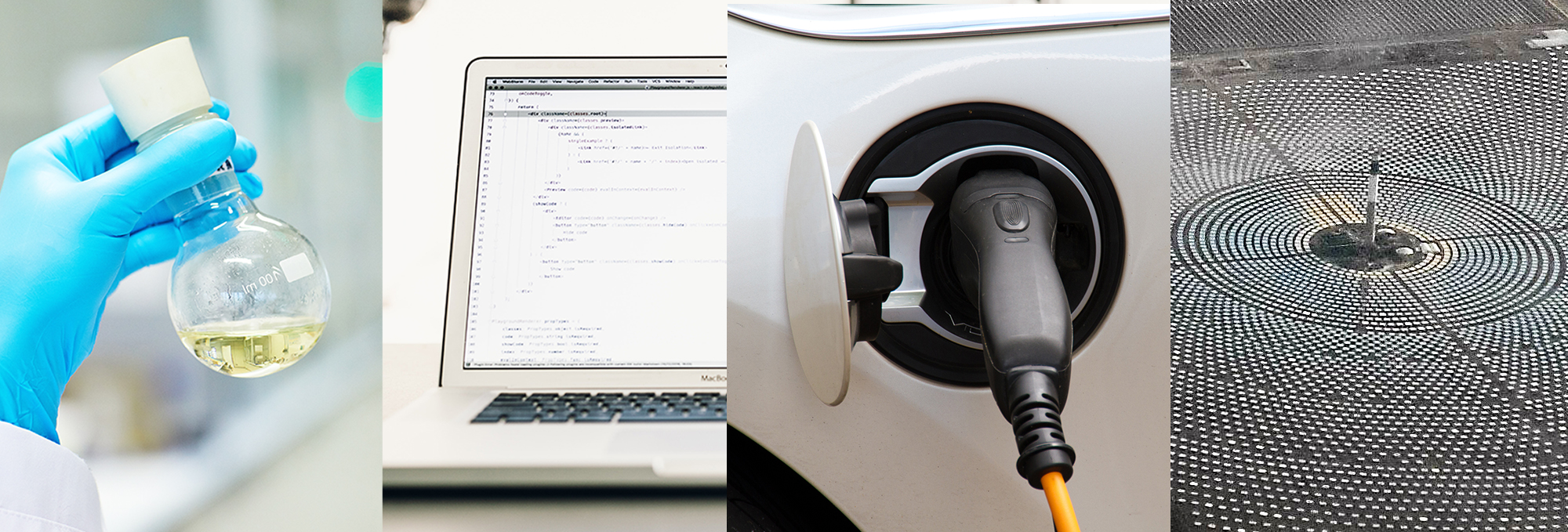Time is money. With this statement, Benjamin Franklin, the 16th century English writer and philosopher, stressed the importance of using and managing time efficiently, and emphasised the need to use time productively and not waste it. However, time is our currency, and everyone has to assess the value of their time according to their own situation...
Fast battery charging, together with the waiting time at charging stations, is one of the main arguments put forward against electric vehicles compared to traditional refuelling in the case of combustion engines. We are overly anxious about stopping for 30 minutes to rest and recharge the batteries (ours and the car´s) after 400 km of driving, when in reality on most of our long journeys we consume considerably more than this time when we stop, refuel, go to the toilet, have a coffee and carry on. Not to mention the amount of long journeys we make compared to our more everyday journeys where we have the whole night and/or working day to charge our vehicle at the most advisable speeds that will least affect the performance and durability of our batteries. Yes, because in reality, nowadays, we can charge our vehicle batteries at virtually any speed, from a few minutes (2-5) to hours (7-8). So how does that affect batteries, what are the implications, and is it really worth it?
Let´s start at the beginning. Let´s simply remember that Electrical Power (P) is the multiplication of current (I) by voltage (V). P=IV. The voltage of a cell is largely determined by the materials we use to make it, so for all intents and purposes, we can consider it practically invariable. In the same way, the voltage of the battery pack is defined by its design and the series/parallel combination of the different modules and cells that make it up. So, in the same way, we can also consider it invariable. So, the only limitation is the power of the charger we use. The higher the power, the shorter the charging time. However, we have to be aware that if we increase the power and keep the voltage constant, the charging current flowing from the charger to the inside of our battery increases considerably; and this is precisely where the problems start.
Nowadays, we have chargers for all tastes and needs: from domestic chargers below 10 kW, or around 20kW in three-phase; to the ultra-fast 150kW charging that we can find in some stations (and even above). This allows us to charge from a few minutes to hours. We only have to divide the capacity of our battery in kWh by the power of the charger used in kW.
Let´s look at a practical example. A standard battery of around 80 kWh in a mid-range vehicle with a consumption of 20 kWh/100km would allow us to drive around 400 km without refuelling. Suppose we have a choice of three chargers: 10 kW (normal charging); 100 kW (fast charging); and 300 kW (ultra-fast charging). The resulting charging times are 8h, 48 minutes, and 16 minutes for each of the above cases.
To compare charging speeds, a parameter called C-rate is commonly used. It always refers to the generic capacity of a given battery. A C-rate of 1 means that we fully charge the battery in 1h (regardless of the kWh or Ah it is capable of storing); with a C-rate of 2 we would charge the battery in 30 min; and with a C-rate of 0.5 in 2h. If we change the total or nominal capacity of the battery, the times and C-rates remain the same by definition, although logically we are changing the charging current. That is, a 10 kWh battery and a 100 kWh battery, at a charge rate of 1C we charge them in the same time of 1h, which implies that the current we use in the second case is 10 times higher than in the first case.
For our example above, the C-rates corresponding to the different charging speeds chosen would be C/8 (0.12C); 1.25C; and 3.75C. Very important now: What happens as we increase the C-rate or charging current (i.e. the power of the charger we use)?

